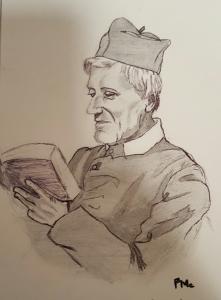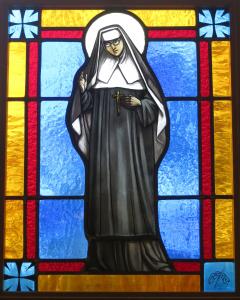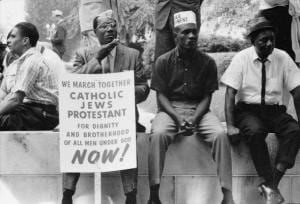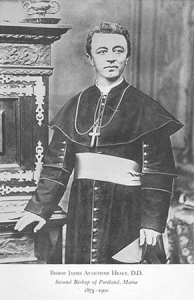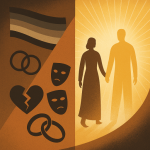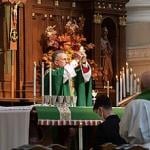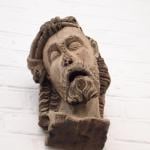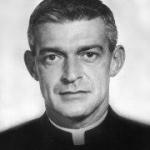Several years ago at Fordham University, Dr. Paul Halsall did a fascinating project with his medieval history class, which he titled “Medieval New York.” In it, he and his students traced the medieval influence on the city. The most obvious example is The Cloisters in Washington Heights, but as Halsall points out, there are many more:
The city of New York is a great creation of modern American culture, but to the eyes of a medievalist the histories of the European, Byzantine, and Islamic Middle Ages are documented in its streets and buildings:
- In the museums of the city we find a wealth of artistic, manuscript and architectural objects from the middle ages.
- In New York’s buildings we can trace the history of medieval architecture.
The ethnic and religious communities which make up the city have preserved, and in some cases developed, religious and cultural tradition which had their roots in medieval societies. - The contrast between “medieval” and “modern” cannot be taken as absolute – elements of medieval technology survived until the Industrial Revolution [and later], and can be seen in the Colonial heritage of New York.
The robber barons of the nineteenth and early twentieth centuries have ensured that New York has by far the finest collections of medieval art, artifacts, and documents in the Western hemisphere. The most famous example is the Metropolitan Museum’s Cloisters collection, but that is only part of the treasure. Architecture presents perhaps the most dramatic impact of the Middle Ages in New York. Romanesque, Gothic, pre-Gothic and Gothic revival churches abound. Jewish and Muslim buildings also draw on the building styles of the past.
For more evidence of Medieval New York click here.



